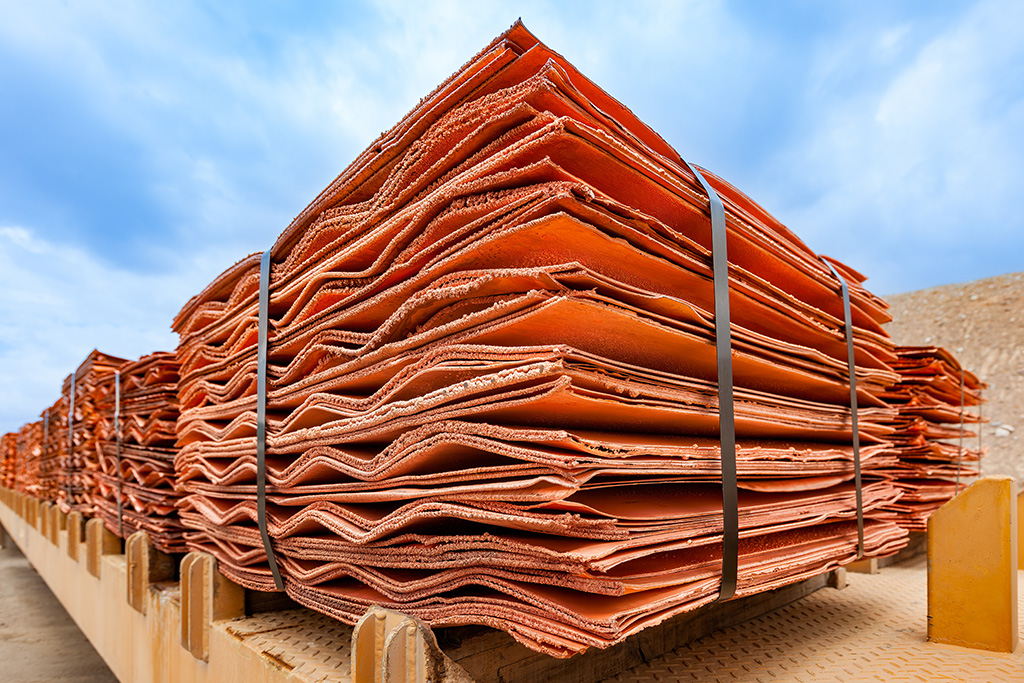West Africa is in the midst of a modern-day copper land rush. As the global demand for copper accelerates due to the green energy transition, electric vehicle production, and digital infrastructure expansion, this once-overlooked region is emerging as one of the most strategic frontiers for resource development.
Why West Africa? Why Now?
West Africa’s Copperbelt—stretching across parts of Côte d’Ivoire, Ghana, Liberia, and Sierra Leone—is seeing renewed interest thanks to advances in geological surveying, improving political stability, and substantial Chinese investment in roads, rail, and ports. While Central Africa’s DRC and Zambia have long dominated copper output, West Africa’s reserves are increasingly recognized as untapped, high-grade, and economically viable with modern mining techniques.
According to geological assessments, the region could yield over 20 million tons of copper over the next two decades, with average ore grades in some zones surpassing 2.5%. With copper prices hovering between $9,000 and $10,000 per metric ton, the math is simple: each mid-size operation can gross hundreds of millions annually, with a long-term tailwind in global demand expected through 2050.
The Case for U.S. Manufacturing Partnerships
The geopolitical environment is shifting. The United States, through initiatives like the Minerals Security Partnership (MSP), is actively seeking to diversify its supply chains away from China and hostile jurisdictions. West Africa offers an opportunity not only for resource extraction but for vertical integration through partnerships between U.S. manufacturers and local operators.
Potential U.S. Partners Could Include:
- Copper wire & cable producers: Direct access to raw copper cuts costs and hedges against global volatility.
- EV battery and component makers: Establishing upstream joint ventures secures cathode material at source.
- Defense & aerospace suppliers: Copper’s role in advanced weapon systems and aircraft wiring creates a national security incentive.
- Green tech firms: Solar, wind, and grid technologies depend on high-purity copper, incentivizing closer control of supply.
Structuring the Deal: JV, Offtake, or Strategic Equity
U.S. firms can engage through:
- Joint Ventures (JVs) with licensed West African mining operators
- Offtake Agreements that guarantee long-term supply at favorable terms
- Equity Investment in copper exploration firms, securing both upside and board-level influence
In some cases, Export-Import Bank or DFC financing can de-risk the investment, especially when aligned with U.S. strategic priorities and ESG frameworks.
Revenue Potential: Breaking Down the Numbers
Consider a mid-size open-pit operation producing 25,000 tons of copper annually:
- At $9,500/ton, gross revenue = $237.5 million/year
- With operating margins around 40%, that’s $95 million in annual profit
- Over a 10-year mine life, such a project could generate nearly $1 billion in cumulative profit
For a U.S. manufacturing partner with a 30% JV stake, that’s $285 million in net earnings—not counting the cost savings from secured copper input.
Invest Offshore’s Role
Invest Offshore actively facilitates partnerships between credible West African copper developers and U.S.-based manufacturing and investment firms. We’re currently advising on projects with access to proven reserves, government support, and logistics infrastructure within proximity to deepwater ports.
Conclusion
The West African Copper Land Rush is more than just another mining boom—it’s a geopolitical and industrial opportunity. For forward-looking American manufacturers and investors, the chance to lock in supply, control cost structures, and secure strategic minerals is now. West Africa is open for business, and the returns—both financial and strategic—can be extraordinary.
Invest Offshore is currently representing investment opportunities in the Copperbelt region of West Africa and welcomes interest from qualified partners.

Leave a Reply